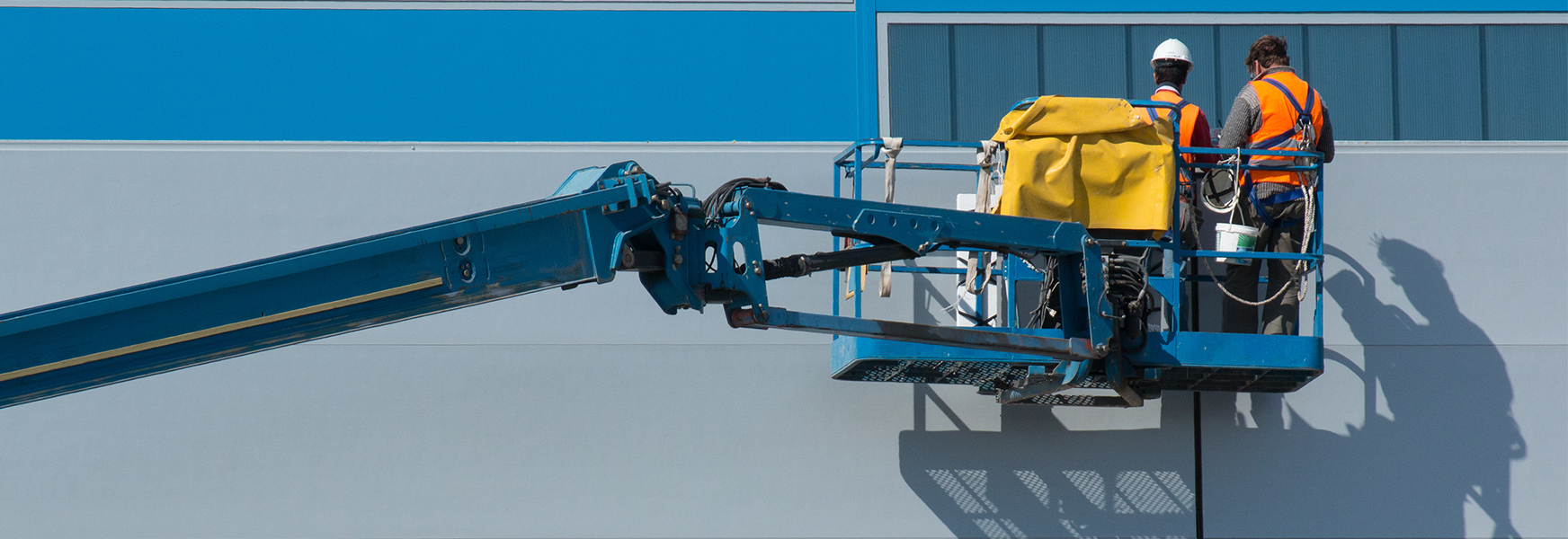New ANSI A92 Standards - Mobile Elevated Work Platforms

The American National Standards Institute (ANSI) has approved a new A92 standard for aerial work platforms that becomes effective on March 1, 2020. This post will cover the changes to the equipment terminology, design, and use. All aerial equipment brands and manufacturers serving North American customers will have one year to comply.
What is changing?
- Equipment Terminology
- Equipment Design Standards
- Safe Use and Planning
- Risk Assessment and Rescue Planning
- Training (Operators, Supervisors & Occupants)
- Maintenance and Repair Personnel Training
Equipment Terminology
Aerial Work Platforms (AWPs) will now be known as Mobile Elevating Work Platforms, (MEWPs). The mobile classification means the equipment can be driven either under its own power or by manual effort.
Previously, lifts were classified by product types- boom or scissor. The new standard classifications are a combination of two groups and three types.
A MEWP Group is determined by the platform location in reference to the equipment’s tipping line, which is either at the wheels or the outriggers:
- Group A- A machine has a design that does not allow the main platform to extend beyond the tipping line. The platform does not go outside of the drive chassis envelope. An example of a Group A would be a scissor lift.
- Group B- A machine has a design that allows the platform to extend beyond the tipping line. An example of a Group B machine would be an articulating or telescopic boom.
A MEWP Type is in reference to the equipment’s ability to travel:
- Type 1 - Traveling is allowed only with the MEWP in its stowed position.
- Type 2 - Traveling with the work platform in the elevated position is controlled from a point on the chassis.
- Type 3 - Traveling with the work platform in the elevated travel position is controlled from a point on the work platform.
For example, a Group A, Type 1 MEWP is manually propelled, the platform never extends beyond the tipping line and the machine is designed to only be moved with the platform in the stowed position. Another example would be a Group B, Type 3 MEWP that is articulated or telescopic, the platform is designed to extend beyond the tipping line, and machine travel is controlled from the platform controls.
Equipment Design Standards
The new ANSI A92 standards include changes to the equipment itself:
- Platform Load Sense (or Overload System or Load Sense System) - All MEWPs will be required to continuously check the weight in the platform and disable certain functions if the load is above the platform load limit.
- Dynamic Terrain Sensing — Drive and certain boom functions must be disabled when out of their slope limit and functions restricted only to those that safely return the machine to terrain that is within limits.
- Indoor-only machines — Allows for the development of smaller, lighter-weight MEWPs bearing an “indoor only” rating because these MEWPs cannot be used in windy conditions.
- Toe guards on work platform entrances.
- Prohibited use of chain gates and flexible gates.
- Reduced lift and lower speeds on some models.
Safe Use and Planning
The user must develop a Safe Use Program specific to MEWPS to include:
- Performing a site risk assessment.
- Selection and use of a suitable MEWP and associated equipment.
- An assessment that the support surface is adequate to support the weight of the MEWP.
- MEWP maintenance including inspections and repairs as required.
- Informing the operator of local site requirements including identifying hazards and controls.
- Have a trained and qualified supervisor to monitor the operator performance.
- Prevention of unauthorized use of the MEWP.
- Safety of persons not involved in the operation of the MEWP.
Risk Assessment and Rescue Planning
The risks associated with MEWP operations shall be identified. These may be associated with the location where the work is to be carried out, the nature of the MEWP, or the personnel, materials, and equipment to be carried.
- Identify control measures
- Identify safe work procedures
- Rescue from height
- Communicate the results
The user must develop a written rescue plan that will used in the event of machine breakdown, platform entanglement, or a fall from the platform. The plan shall become part of the company’s training manual.
Part 2 of this post will cover the new training requirements for users, occupants, supervisors, and maintenance and repair personnel.

